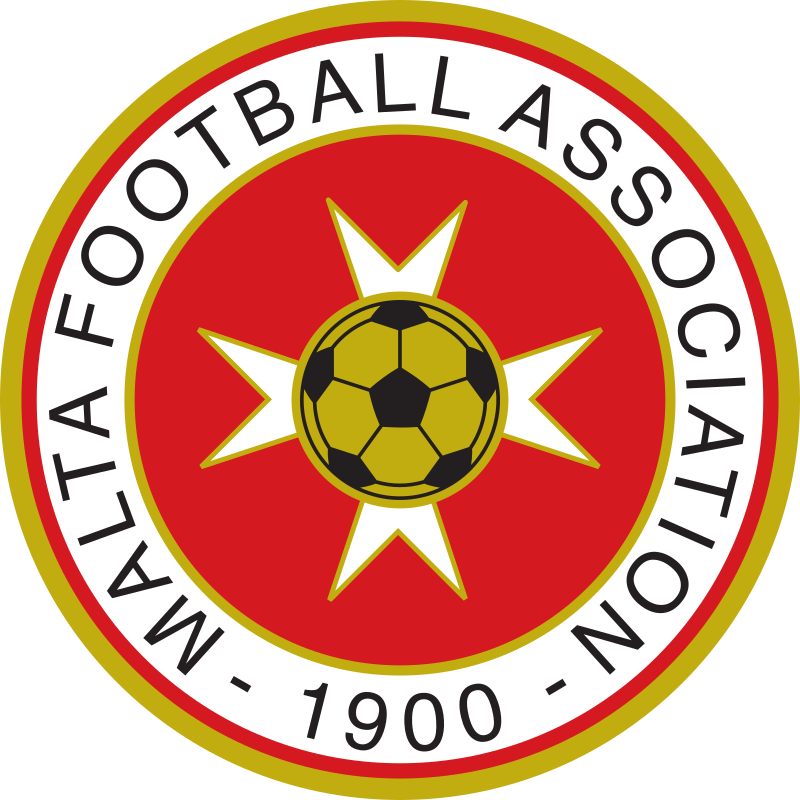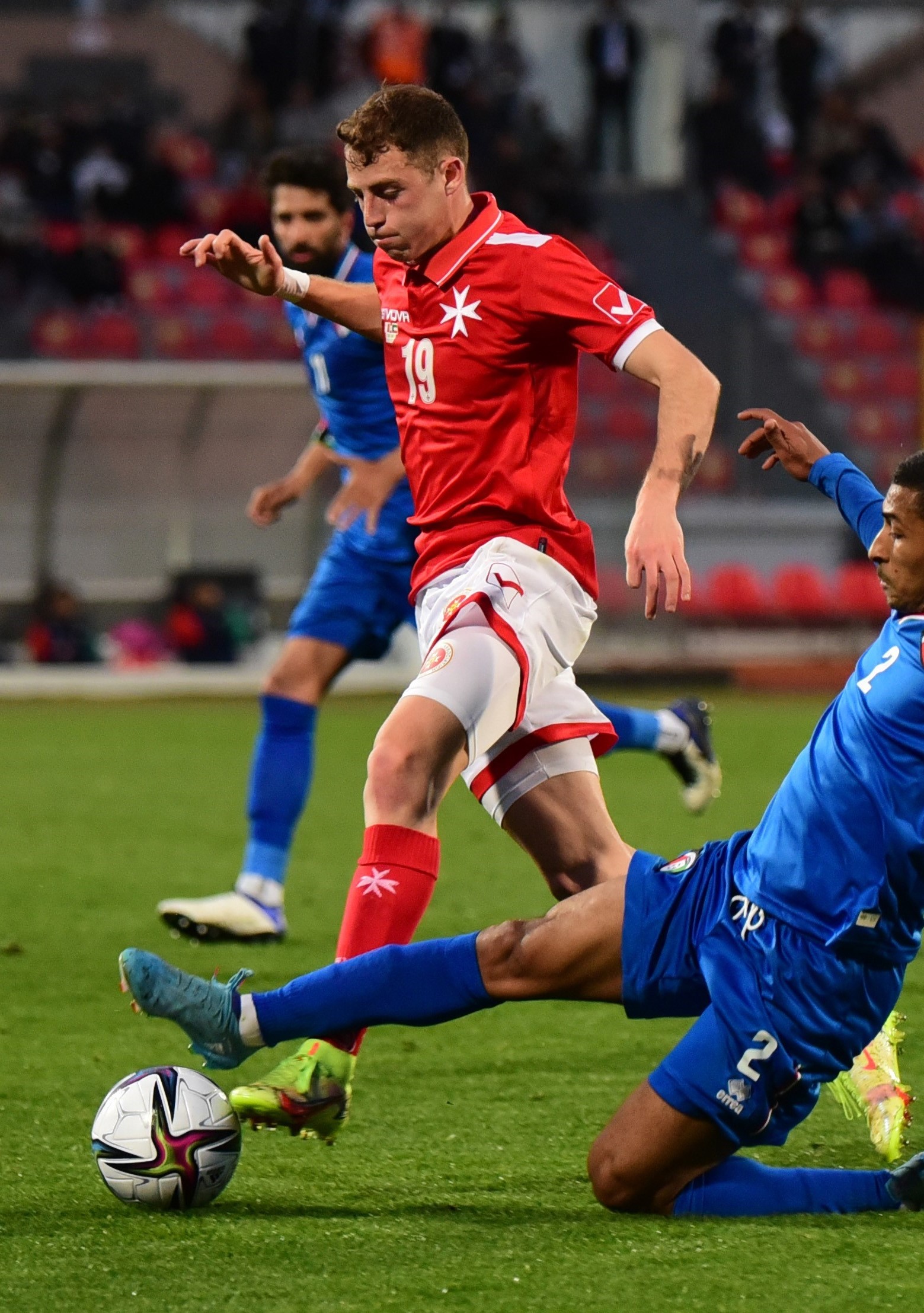This week, the Malta Football Association will unveil its new look after a rebranding exercise undertaken in partnership with the Glasgow-based creative agency Frame.
The new logo will be revealed to the Association’s General Assembly on Tuesday 12th April, after having been given the green light by the Executive Board earlier.
Going back more than 120 years, the Malta FA is one of the oldest national football associations in the world, thanks to the early introduction of the game in Malta by the British. It introduced the National Team at international competition in 1957 and its administration always included heavyweight profiles.
In this exclusive interview, WhosWho.mt catches up with President Bjorn Vassallo to ask what went into this process.
He explains that the rebranding is included in the first ever football strategy of the Association: ‘We can perform better’.
“This is our four-year plan,” he says. “A live document on the basis of which we seek to steer the organisation and football in Malta.”
Among the goals set, the said strategy outlines the objective of creating a commercially sustainable organisation.
Frame was selected through a rigorous selection process which involved a number of offers by reputable firms, both local and international.
“We worked very well with Frame, who were were behind a number of rebranding processes in international football,” says Mr Vassallo. “This choice was made hand in hand with UEFA which, through its GROW programme, supports associations like ours with expertise and consultancy partnerships which are crucial.”
He says that the MFA wants to have a look and feel which reflects its values: being dynamic, socially responsible, and trustworthy. The rebrand needed to keep in mind the positioning of the Association’s two brands: on the one hand, the National Team (men’s, women’s, youth teams), and on the other, its corporate identity.
Mr Vassallo makes it clear that the MFA did not opt for a total overhaul for the sake of change.

The current logo of the Malta Football Association
“We are respectful of the long tradition that both the Association and the National Team have. The eight-pointed cross, which has been modernised in graphic terms, is an icon of worldwide stature and sits at the heart of our National and Association imagery.”
The process started from the imagery that is typically Maltese. “Apart from the eight-pointed cross, we looked at traditional elements such as the Maltese tile, typical door-knobs or signs and typography. Gradually, experts sought to fuse all this with our core activity, football, to arrive at representative visuals.”
In parallel, the MFA has been redesigning the National Team kit, which will now be produced by a different manufacturer, Errea. This is also being done through a UEFA scheme and will be unveiled in June as Malta heads into the UEFA Nations League.

Malta's National Team kit on display in a recent match against Kuwait
Local football has is in a period of flux, with efforts being undertaken to professionalise the sport. The statute reform also included a change in how decision-making is structured within the Association, with the aim continues to achieve better governance through better representation of Malta’s football stakeholders, more accountability, and more transparency.
It has been a year in which our administration had to operate within a reformed statutory landscape which introduced a number of significant changes,” says Mr Vassallo. “Our former Council was abolished and the Executive Board became the main decision-making organ. It is now up to us and to all stakeholders involved to make this work: administration, clubs, players, coaches, etc.
“So far I am more than satisfied that this process of change, even in mindset, will be beneficial.”
These efforts include a new rule that clubs playing in the top tier need to be a commercial entity, with the MFA President insisting that there needs to be a level playing field for all.
Apart from internal changes to the football framework, sports clubs are also eyeing the potential offered through the commercialisation of sports facilities, with a few clubs already having applied for permits to start their projects.
“However, and despite ad-hoc legislation being introduced a few years ago, most clubs proposing such projects have stumbled with the administrative processes involved, which have not been aligned to cater for the objectives being sought,” explains Mr Vassallo.
“There are a number of issues at play: planning, valuation of land, investment models. From our part, we will keep engaging with government and with our member clubs to propose solutions to these issues whilst looking forward to see the first projects materialise.”
Main Image:
